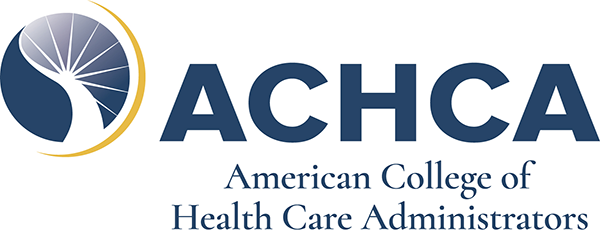COVID-19 Vaccination Federal Mandate for Staff
COVID-19 has certainly taken taking its toll on the nursing home industry where staffing was a challenge even prior to the COVID-19 pandemic. The recent directive by the federal government that is mandating that all employees of skilled nursing facilities to be COVID-19 vaccinated on or about October 18th, 2021, (the estimated last day for final COVID-19 Vaccine shot on October 4, 2021) further compounds the staffing crisis and could result in significant negative ramifications to the clinical, financial, and operational performance of nursing facilities.
This new federal mandate comes shortly after the May 11th, 2021 regulation requiring nursing homes to report weekly the status of completed COVID-19 vaccinations for both residents and staff to Centers for Disease Control and Prevention’s (CDC) National Healthcare Safety Network (NHSN).


